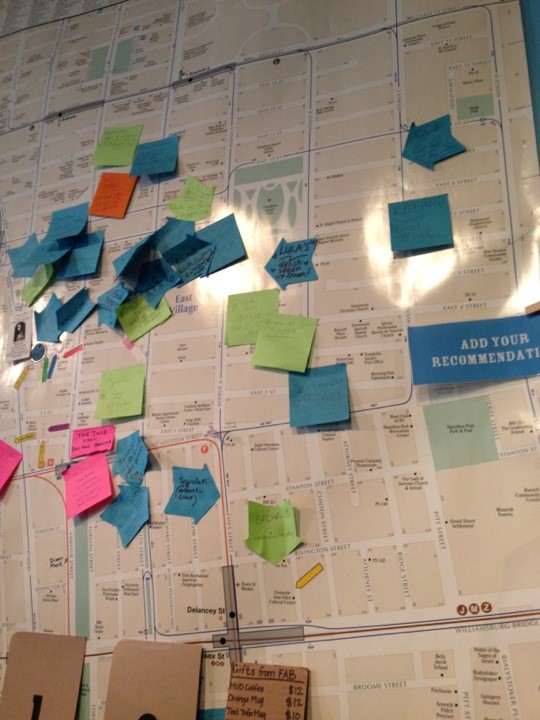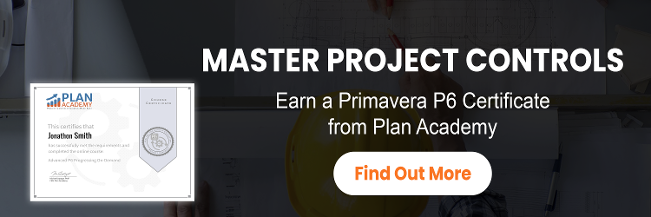One common question that is always present in every project conversation: how do you engage the stakeholders to provide their input and convert it into a collaborative approach?
Pull planning is a collaborative process that can help to get buy-in from all project participants using a backward pass, pulling activities into the process.
Pull planning is a lean process and is starting to substitute many scheduling techniques and works by identifying activities that are compressed to reduce overall activity duration.
Pull Planning or Traditional CPM?
A typical pull planning process differs from a traditional CPM as it requires collaborative feedback from the actual crew leads performing the work and starts at the end moving backwards into the project start date.
A traditional CPM schedule is usually only worked by a single person using his or her best knowledge. It then gets pushed into the project team as a document that needs to be followed.
The CPM planning process is mostly based on duration and is a forward looking process, as opposed to pull planning that works in a backwards sequence.
How to Develop a Pull Planning Process
To develop the pull planning process, you need first to identify the right crew leads that will provide their feedback and updates based on their execution plan.
Second, get a big white board, as the process requires ample space, so individuals can use the surface and stick their notes on the board. These sticky notes are placed over the whiteboard containing the overall project timeline. Make sure the timeline is in weeks or a defined period and all major milestones and activities are in sequence.
Why do you need sticky notes?
It is the easiest way for all team members to add their feedback in terms of duration and resources needed to complete the task. The idea is to receive input from the team members that can assess the work that needs to be done and find ways to get it done faster.
 Photo Flickr dpstyles
Photo Flickr dpstyles
Tips for Great Pull Planning Process
Here’s list of tips to help you get those most out of your pull planning sessions:
Getting Started
- Start by inviting the right crew leads to the meeting. They are necessary for providing input during the process.
- Provide coloured sticky notes for each participant to avoid miscommunication.
- Identify Milestones and critical activities that are part of the contract requirements.
- Draw your project timeline and estimated durations. Those durations will need to be tweaked depending on the participant’s feedback.
- Look for activities with no float or contingency and target those activities first. Make sure to ask yourself the questions, does this activity really depends on the previous one? What can we do? Can we start earlier?
Now Set the Rules
- No one can alter or modify someone else’s sticky notes.
- Sticky notes shall have name, duration and resources being evaluated.
- Be aware that resources could be adjusted or moved to other activities.
- Do not over commit. Be real and allow feedback from participants that have experience in the task.
- Be cognisant that altering one activity’s duration might affect a second of even a third task.
To Finalize the Process
- Make sure all participants agree on the recommended changes.
- Once completed, share the revised schedule and held participants accountable of their feedback.
- Update the schedule on a weekly basis and revisit the plan every other week.
- Based on the revised schedule, capture and track progress accordingly to make sure progress is being achieved.
- Provide updates, if needed, to your crew lead as needed.
- Be sure to create a lesson learned database so the next schedule on future projects is more realistic.
Why Start Using Pull Planning?
The pull planning process is a tool that creates teamwork and better support, providing the right level of engagement from all work participants, including tradesmen. The process creates a good workflow and generates buy-in from task participants.
It also serves as a tool to generate transitions between tasks, understanding in detailed the level of effort required to complete the work. Studies show that the process increases safety and quality when the right players are engaged.
The pull planning process reduces the need for re-work, minimizes risk and cost by having crews standing by waiting for their task to start. One last thing, the process can be started or implements at any given time during the project execution, but the sooner the better.
Who Needs to Participate?
The pull planning process requires several key individuals to be an effective process. The following participants should be invited to provide feedback:
- General foreman
- Superintendent
- Design lead
- Owner’s rep
- Trade lead (one for each trade)
- Scheduler
- Project Manager
- Safety officer/lead
- QA/QC monitor
Having the right key members at the meeting is extremely beneficial, but be sure to add only the crew leads otherwise you will end up having difficulties of generating buy-in.
What are you thoughts on Pull Planning? Let us know what you think about pull planning below.


